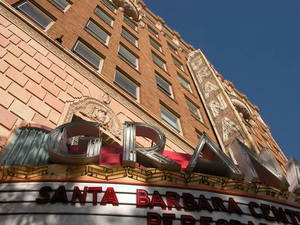Novel writing and movie making share in common the fact that they can both be benefited by a pre-production process. Often, writers ignore the value of pre-production, supposing that it will inhibit their creativity. However, most of our favorite, extremely imaginative movies were made by following a simple guide of storyboards. In writing a novel, the storyboarding process can also be used to weave a net onto which you can land if you fall off the tightrope of your own creation.
Storyboards are an invaluable tool for some of the world’s most famous filmmakers. Certain movies, such as special-effects-laden spectaculars, and cartoon features (such as Disney productions or computer-generated family movies like FINDING NEMO or THE INCREDIBLES) rely heavily on storyboards. Filmmakers realize that by using storyboards they can save on costs, since they will be able to settle on ideas before cameras even begin rolling, rather than to just hope for the best in the middle of production.
Storyboarding your novel can help you to avoid similar disappointments as you produce your work. Fortunately, you don’t have to be an artist to create a storyboard, and storyboards can even be put together out of words rather than images. What you are interested in is that your storyboards can form a backbone for your planned work. All you need to begin with is a few specific images or ideas. (The storyboards can later be changed or redeveloped.)
Let’s imagine that you want to challenge yourself to write about something fantastically dramatic, like a shipwreck. You may not know where to begin. Well, the first thing you can do is loosely storyboard this idea. Remember, you don’t even need to draw anything. All you need to do is to focus on a few images; therefore, you may want to write or even sketch your ideas onto index cards to substitute for full-fledged storyboards.
Here are 5 images you could start with:
1.) Waves crashing against the side of the ship, spraying over its deck.
2.) Items in the cabins falling to the floor.
3.) One passenger grabbing another to safety as a large piece of furniture crashes against the wall.
4.) People jumping overboard in confusion and desperation.
5.) A huge hole being torn in the bottom of the ship by sharp rocks underwater.
These storyboards illustrate action, and they only vaguely suggest a story. However, you can create characters on the basis of these images, you can imagine their feelings, and you can speculate about what will next occur. Very easily, you are able to create a visual outline for your novel which will allow you to improve or modify aspects of your work without inhibiting your creative process.
Creating a general plan for your work through storyboards is something you can set aside 30 minutes a day for. Once you have dispensed with this work, then you can move on to the real work of your day, which is to continue writing your novel itself. Allow yourself to burrow into this creative process. Refer to your storyboarded ideas, but don’t let them hamper you. ( It’s very hard to be creative story-wise if you’re obsessed about tiny details; thus, some things are better to take care of in successive drafts of your work. ) What makes art so interesting is its spontaneity, so you have to make sure to give spontaneity room to occur.
In drama, many of the most wonderful and memorable moments are often slightly premeditated, even if they’re improvised. By storyboarding our work, we can see that the pre-production process can actually enhance the results of our creativity rather than to suppress it.


